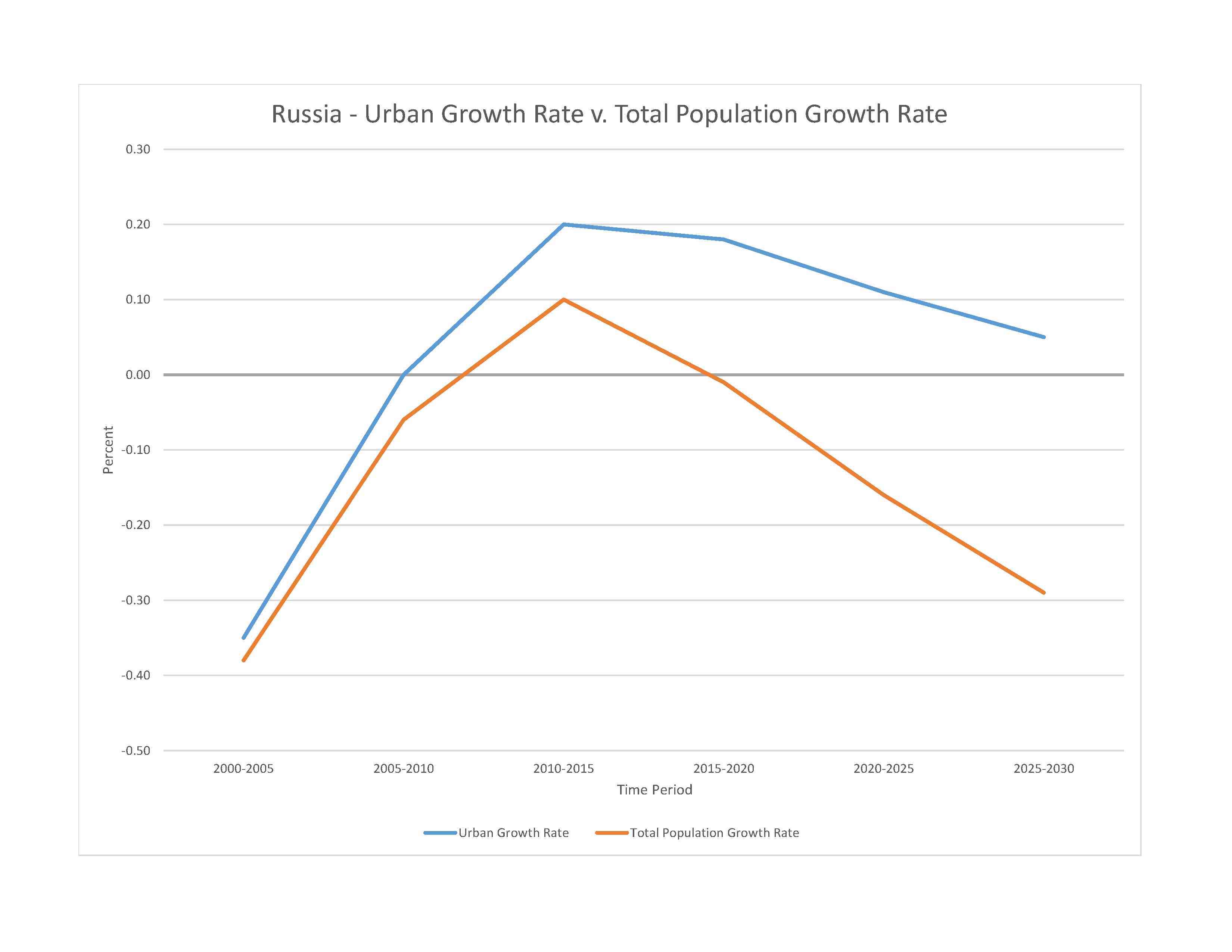
air pollution from heavy industry, emissions of coal-fired electric plants, and transportation in major cities; industrial, municipal, and agricultural pollution of inland waterways and seacoasts; deforestation; soil erosion; soil contamination from improper application of agricultural chemicals; nuclear waste disposal; scattered areas of sometimes intense radioactive contamination; groundwater contamination from toxic waste; urban solid waste management; abandoned stocks of obsolete pesticides
party to: Air Pollution, Air Pollution-Nitrogen Oxides, Air Pollution-Sulphur 85, Antarctic-Environmental Protection, Antarctic-Marine Living Resources, Antarctic Seals, Antarctic Treaty, Biodiversity, Climate Change, Climate Change-Kyoto Protocol, Climate Change-Paris Agreement, Comprehensive Nuclear Test Ban, Desertification, Endangered Species, Environmental Modification, Hazardous Wastes, Law of the Sea, Marine Dumping-London Convention, Nuclear Test Ban, Ozone Layer Protection, Ship Pollution, Wetlands, Whaling
signed, but not ratified: Air Pollution-Sulfur 94
ranges from steppes in the south through humid continental in much of European Russia; subarctic in Siberia to tundra climate in the polar north; winters vary from cool along Black Sea coast to frigid in Siberia; summers vary from warm in the steppes to cool along Arctic coast
agricultural land: 13.1% (2018 est.)
arable land: 7.3% (2018 est.)
permanent crops: 0.1% (2018 est.)
permanent pasture: 5.7% (2018 est.)
forest: 49.4% (2018 est.)
other: 37.5% (2018 est.)
urban population: 75.3% of total population (2023)
rate of urbanization: 0.11% annual rate of change (2020-25 est.)

0.29% of GDP (2018 est.)
0.53% of GDP (2018 est.)
particulate matter emissions: 8.88 micrograms per cubic meter (2019 est.)
carbon dioxide emissions: 1,732.03 megatons (2016 est.)
methane emissions: 851.52 megatons (2020 est.)
municipal solid waste generated annually: 60 million tons (2012 est.)
municipal solid waste recycled annually: 2.7 million tons (2012 est.)
percent of municipal solid waste recycled: 4.5% (2012 est.)
fresh water lake(s): Lake Baikal - 31,500 sq km; Lake Ladoga - 18,130 sq km; Lake Onega - 9,720 sq km; Lake Khanka (shared with China) - 5,010 sq km; Lake Peipus - 4,300 sq km (shared with Estonia); Ozero Vygozero - 1,250 sq km; Ozero Beloye - 1,120 sq km
salt water lake(s): Caspian Sea (shared with Iran, Azerbaijan, Turkmenistan, and Kazakhstan) - 374,000 sq km; Ozero Malyye Chany - 2,500 sq km; Curonian Lagoon (shared with Lithuania) - 1,620 sq km
note - the Caspian Sea is the World's largest lake
Yenisey-Angara - 5,539 km; Ob-Irtysh - 5,410 km; Amur river mouth (shared with China [s] and Mongolia) - 4,444 km; Lena - 4,400 km; Volga - 3,645 km; Kolyma - 2,513 km; Ural river source (shared with Kazakhstan [m]) - 2,428 km; Dnepr (Dnieper) river source (shared with Belarus and Ukraine [m]) - 2,287 km; Don - 1,870 km; Pechora - 1,809 km
note – [s] after country name indicates river source; [m] after country name indicates river mouth
Arctic Ocean drainage: Kolyma (679,934 sq km), Lena (2,306,743 sq km), Ob (2,972,493 sq km), Pechora (289,532 sq km), Yenisei (2,554,388 sq km)
Atlantic Ocean drainage: (Black Sea) Don (458,694 sq km), Dnieper (533,966 sq km)
Pacific Ocean drainage: Amur (1,929,955 sq km)
Internal (endorheic basin) drainage: (Caspian Sea basin) Volga (1,410,951 sq km)
Angara-Lena Basin, Pechora Basin, North Caucasus Basin, East European Aquifer System, West Siberian Basin, Tunguss Basin, Yakut Basin
municipal: 17.15 billion cubic meters (2020 est.)
industrial: 29.03 billion cubic meters (2020 est.)
agricultural: 18.64 billion cubic meters (2020 est.)
4.53 trillion cubic meters (2020 est.)
total global geoparks and regional networks: 1
global geoparks and regional networks: Yangan-Tau (2023)
NOTE: The information regarding Russia on this page is re-published from the 2024 World Fact Book of the United States Central Intelligence Agency and other sources. No claims are made regarding the accuracy of Russia 2024 information contained here. All suggestions for corrections of any errors about Russia 2024 should be addressed to the CIA or the source cited on each page.
This page was last modified 04 May 24, Copyright © 2024 ITA all rights reserved.